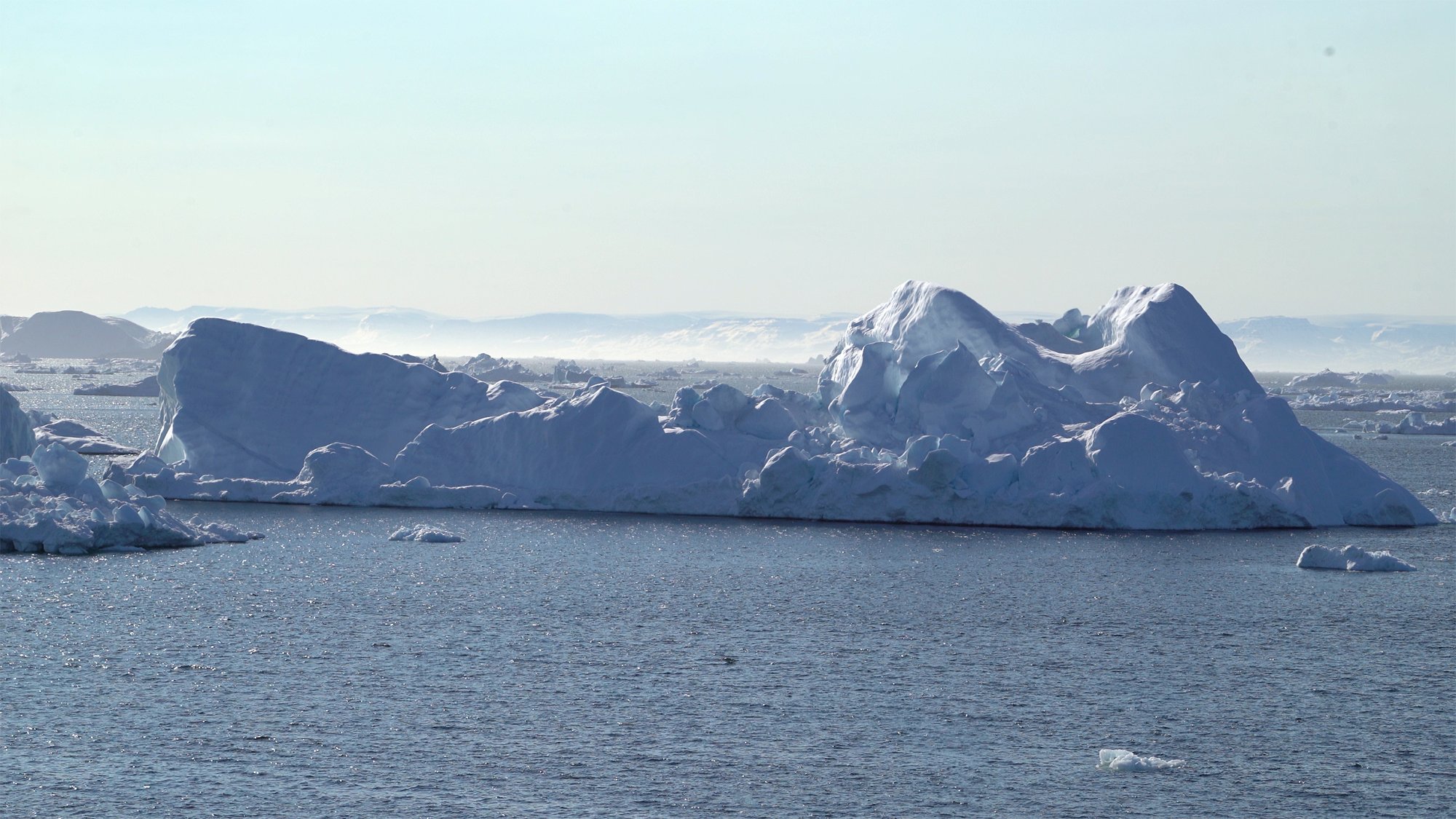

Melting ice sheets in Antarctica can retreat much faster than scientists previously thought. A study published April 5 in the journal Nature found that at the end of the last Ice Age, parts of the Eurasian Ice Sheet retreated up to 2,000 feet per day. This rate is 20 times faster than previous measurements. These changes far outpace even the fastest-moving glaciers studied in Antarctica, which are estimated to retreat as quickly as 160 feet per day.
The new findings could be crucial to better understanding today’s ice melt.
The Eurasian Ice Sheet was the third-largest ice mass during the last Ice Age and retreated from Norway about 20,000 years ago. At its largest, it had a span of almost 3,000 miles. Mirroring these retreats are ice sheets on Greenland and Antarctica, which have lost more than 6.4 trillion tons of ice over the past three decades. Both of these modern-day ice sheets are responsible for more than one-third of total sea level rise.
“Our research provides a warning from the past about the speeds that ice sheets are physically capable of retreating at,” Christine Batchelor, study co-author and physical geographer from Newcastle University, said in a statement. “Our results show that pulses of rapid retreat can be far quicker than anything we’ve seen so far.”
[Related: We’re finally getting close-up, fearsome views of the doomsday glacier.]
For this study, an international team of researchers used high-resolution imagery of the seafloor to see how the ice sheet changed over. They mapped out more than 7,600 small-scale landforms called “corrugation ridges” on the seafloor around where the ice sheet once stood. The ridges are less than eight feet high and are spaced around 82 to 984 feet apart. These types of ridges are believed to have formed when the ice sheet’s retreating margin moved with the tide. Seafloor sediments are pushed into a ridge every low tide, so two ridges would have been produced during two daily tidal cycles. The spacing helped the team calculate the enormous speed of retreat.
This kind of data on how ice sheets reacted to past periods of warming can help inform computer simulations which predict future ice-sheet and sea-level change. It also suggests that these periods of rapid melt may only last for days to months, which are relatively short periods of time from a geologic standpoint.
“This shows how rates of ice-sheet retreat averaged over several years or longer can conceal shorter episodes of more rapid retreat,” study co-author and University of Cambridge glaciologist Julian Dowdeswell said in a statement. “It is important that computer simulations are able to reproduce this ‘pulsed’ ice-sheet behavior.”
[Related: Ice doesn’t always melt the same way—and these visuals prove it.]
Understanding these seafloor landforms also showcases the mechanics behind rapid ice retreat. The study found that the former ice sheet retreated most across the flattest point of its bed where, “less melting is required to thin the overlying ice to the point where it starts to float,” explained co-author and Cambridge glacial geophysicist Frazer Christie from Scott in a statement. “An ice margin can unground from the seafloor and retreat near-instantly when it becomes buoyant.”
The team believes that pulses of similarly quick retreat could soon be observed in some parts of Antarticia, including West Antarctica’s vast Thwaites Glacier. Nicknamed the “Doomsday Glacier,” Thwaites could undergo a similar pulse of rapid ice retreat since it has recently retreated close to a flat area of its bed.
“Our findings suggest that present-day rates of melting are sufficient to cause short pulses of rapid retreat across flat-bedded areas of the Antarctic Ice Sheet, including at Thwaites,” said Batchelor. “Satellites may well detect this style of ice-sheet retreat in the near-future, especially if we continue our current trend of climate warming.”
